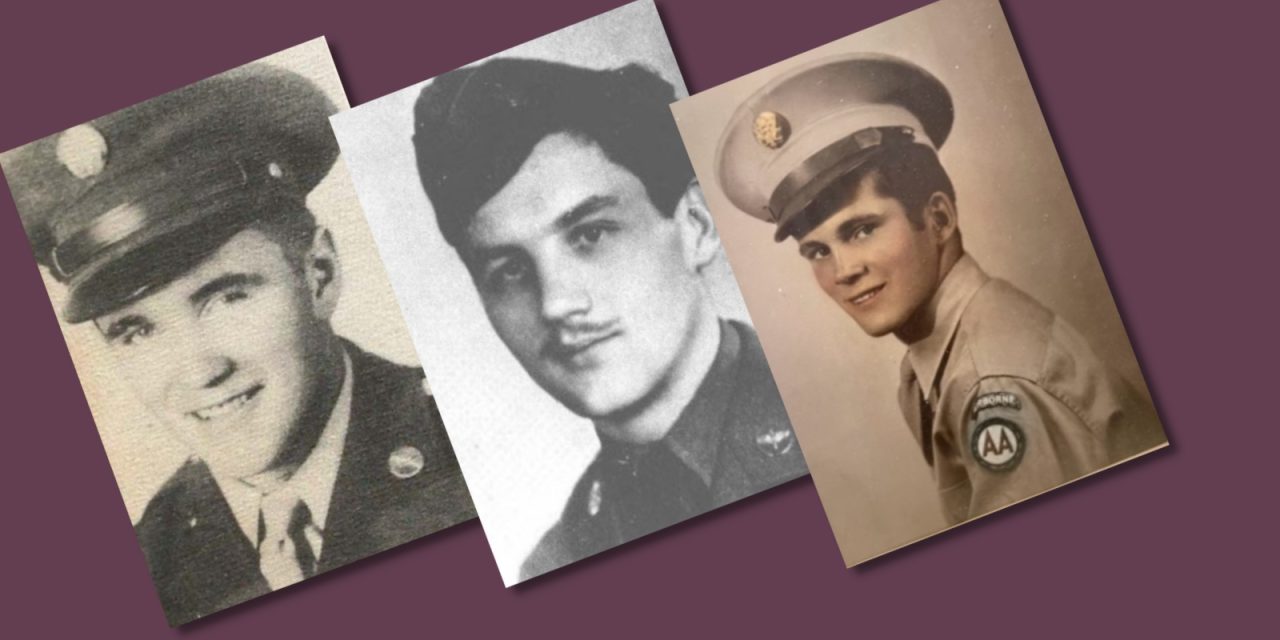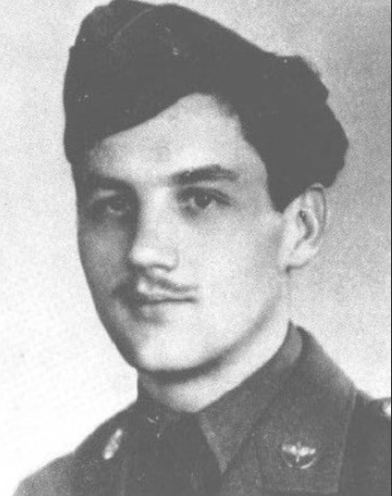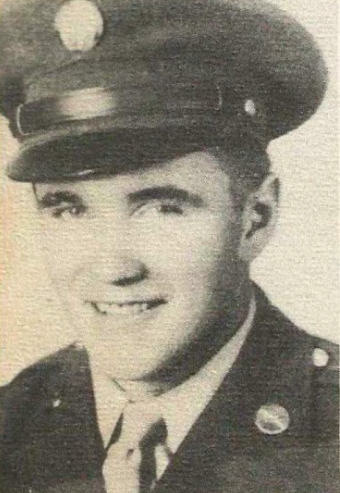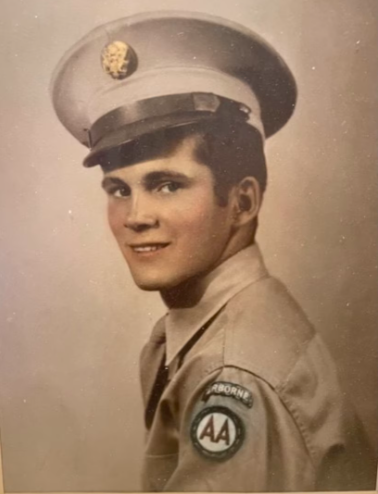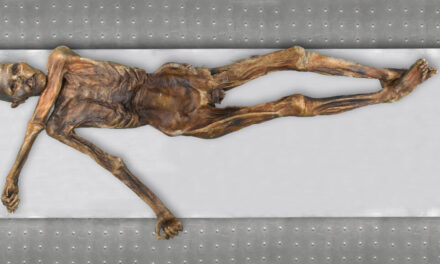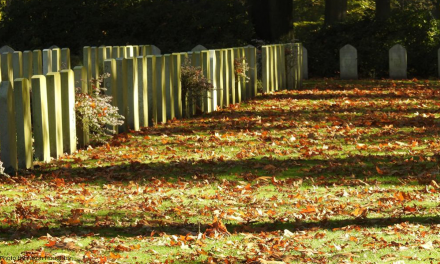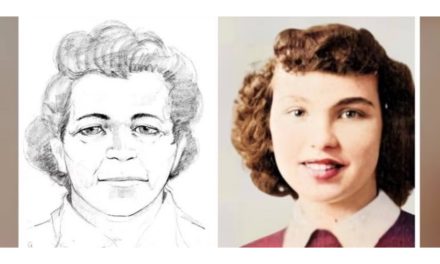The US Defense POW/MIA Accounting Agency aims to provide the fullest possible accounting for US missing military servicemen to their families and the nation.
The Agency works to identify the remains of personnel reported as missing in action and below you can find details of some of their recent discoveries. As of the end of March 2023, the US Defense Accounting agency has successfully identified another 23 US soldiers.
Airman Accounted For From World War II (Holoka, J.)
The Defense POW/MIA Accounting Agency (DPAA) announced that U.S. Army Air Forces Tech. Sgt. John Holoka Jr., 25, of Cresson, Pennsylvania, killed during World War II, was accounted for.
In the summer of 1944, Holoka was assigned to the 844th Bombardment Squadron, 489th Bombardment Group (Heavy), Eighth Air Force. On June 22, Holoka was an engineer on a B-24H Liberator that was struck by anti-aircraft after a bombing raid on a German airfield in Saint-Cyr-l’École, near Versailles, France.
Despite the damage to the B-24 Liberator, the pilot was able to nurse the aircraft until it was over the English coast, whereupon he ordered his crew to bail out. Seven of the airmen parachuted successfully while the other three crew members, including Holoka, were still on board. Two of the crew witnessed the aircraft crashed into a farm in West Sussex, England.
A local aviation archaeology group attempted to excavate the crash site in 1974, to search for aircraft parts. A number of U.S. Department of Defense investigation and recovery efforts took place in 2017 and 2019, with a June 2021 recovery mission finding possible human remains and material evidence.
To identify Holoka’s remains, scientists from DPAA used anthropological analysis as well as material evidence. Additionally, scientists from the Armed Forces Medical Examiner System used dental, mitochondrial DNA (mtDNA) and Y chromosome (Y-STR) analysis.
Soldier Accounted For From World War II (Knoll, G.)
The Defense POW/MIA Accounting Agency (DPAA) announced that U.S. Army Sgt. Gregory V. Knoll 22, of Garden City, Kansas, killed during World War II, was accounted for.
In November 1944, Knoll was assigned to Company M, 3rd Battalion, 112th Infantry Regiment, 28th Infantry Division. His battalion had been tasked with capturing the town of Schmidt, Germany, in the Hürtgen Forest. A heavy German counterattack overran his unit and forces survivors to withdraw to Kommerscheidt where they fought against additional enemy attacks. He was reported killed in action on Nov. 7., while fighting enemy forces at Kommerscheidt. His remains could not be recovered after the attack.
Following the end of the war, the American Graves Registration Command was tasked with investigating and recovering missing American personnel in Europe. They conducted several investigations in the Hürtgen area between 1946 and 1950 but were unable to recover or identify Knoll’s remains. He was declared non-recoverable in November 1951.
While studying unresolved American losses in the Hürtgen area, a DPAA historian determined that one set of unidentified remains, designated X-2519 Neuville, recovered at Kommerscheidt in April 1946, possibly belonged to Knoll. The remains, which had been buried in Ardennes American Cemetery, an American Battle Monuments Commission site in Neuville-en-Condroz, Belgium, in 1949, were disinterred in July 2021 and sent to the DPAA laboratory at Offutt Air Force Base, Nebraska, for identification.
To identify Knoll’s remains, scientists from DPAA used anthropological analysis, as well as circumstantial evidence. Additionally, scientists from the Armed Forces Medical Examiner System used mitochondrial DNA (mtDNA), Y chromosome DNA (Y-STR), and autosomal DNA (auSTR) analysis.
Soldier Accounted For From World War II (Simon, W.)
The Defense POW/MIA Accounting Agency (DPAA) announced that Army Pfc. William L. Simon, 20, of Middleton, Wisconsin, killed during World War II, was accounted for.
In November 1944, Simon was assigned to Company G, 2nd Battalion, 109th Infantry Regiment, 28th Infantry Division. His unit was engaged in battle with German forces near Hürtgen, Germany, in the Hürtgen Forest, when he was reported killed in action on Nov. 5. His remains could not be recovered during the battle.
While studying unresolved American losses in the Hürtgen area, a DPAA historian determined that one set of unidentified remains, designated X-5767 Neuville, recovered in a field south of Hürtgen in 1946 possibly belonged to Simon. The remains, which had been buried in Ardennes American Cemetery in 1950, were disinterred in April 2019 and sent to the DPAA laboratory at Offutt Air Force Base, Nebraska, for identification.
To identify Simon’s remains, scientists from DPAA used dental and anthropological analysis, as well as circumstantial evidence. Additionally, scientists from the Armed Forces Medical Examiner System used mitochondrial DNA (mtDNA) and autosomal DNA (auSTR) analysis.
Simon’s name is recorded on the Walls of the Missing at Netherlands American Cemetery, an American Battle Monuments Commission site in Margarten, Netherlands, along with the others still missing from World War II. A rosette will be placed next to his name to indicate he has been accounted for.
